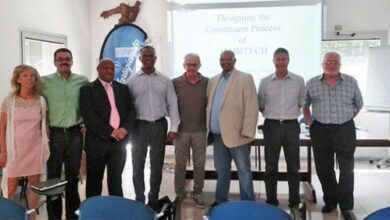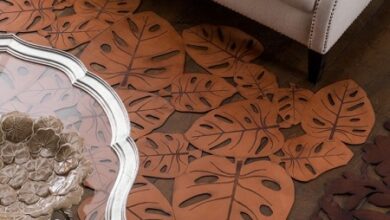Jan 13 2025
/
8 – Glove Paths and stories of gloves in Naples
GLOVEMAKERS IN NAPLES
In Naples, tanner’s guilds were divided into ‘coirari dell’arte piccola’ (skin small art) and ‘coirari dell’arte grossa’ (hide great art). Even though we do not know when the first guild was founded, a charter by Charles V dated 13 March 1549, and concerning the confirmation of the thirty-five ‘Capitoli et ordinazioni concessi al homini et maestri coyrari della città di Napoli’ belonging to the ‘arte grossa’, refers to a previous Capitulation.
The Coirari (Tanners) were located in the area of Piazza Mercato (formerly Foro Magno), close to the city walls, where, between the Carmine and Market gates, was the gate known as the “Tannery gate”, clearly visible on Baratta’s map (1670). One hundred years later, in the Duke of Noja’s map (1775), we read: ‘Here was the ancient gate known as the Tannery, which was removed in the time of Charles III of Spain.’ We find traces of their existence in the names of places that still exist, such as ‘Vico vacche alla conceria’, while ‘Vico Conceria’ has now become ‘Via Nuova Marina’. In the Duke of Noja’s map, these places are described as follows: “This street and the surrounding alleys are home to calf leather tanning and cordwain artisans.”
In these centuries, glovemakers – who belonged to the perfumer/glovemakers guild, which in Naples manufactured scented gloves in the Arabian-Grenadian fashion style – could be found mostly on ‘Via dei Guantai Vecchi’ and ‘Via dei Guantai Nuovi’. Here, the figure of the sciosciamosche was very popular: standing in front of the fashionable shops in Via dei Guantai, he invited passers-by to buy something ‘Along the street, standing as motionless sentries in front of each shop, and not letting anyone pass through without first having stunned them with the rigmaroles they learned by heart… Missus, don’t you need anything… someone shouted to you from the sidelines […]’
Naples and glovemakers after 1804
In 1804, King Ferdinand I of the Two Sicilies granted Giovanni Loforte – a glovemaker originally from Palermo who had learned his trade in France – a ‘transgressive licence’, i.e. outside the provisions of the statute for the perfumer/glovemakers guild. Failing to adapt to the innovations already widespread in Europe, in 1661 the guild had become the perfumer/soapmaker guild. The saying ‘So robbe de li guantare’ (It is junk made by glove makers) means cheap and second-rate items, compared to those sold in department stores. The direction finally changed in 1804, with the establishment of the glove industry that would bring so much lustre to the city of Naples, by combining innovations from beyond the Alps with the imagination and craftsmanship that only Naples had. The art of glovemaking spread throughout the city, concentrating mainly in the neighbourhoods around Via Foria, and Via Sanità with Vico Lammatari, or further down on Via S. Antonio Abate, where it was customary to hear seamstresses and harness-makers at work, and to smell the glue made from scraps and leather processing waste, which was then used by furniture makers and gilders. The craftsmanship of the Neapolitan glovemakers came out of the guilds to expand throughout the city of Naples, where it is still alive today, with mixed successes.
Between July 1817 and the decree suppressing the guilds and corporations in 1821, an attempt was made to save at least the mutual assistance purposes of guild members, even though they had long since given up all production standards and rules, in favour of a liberalised market trend that could no longer do without the innovations widespread in other Countries. With the redevelopment of Rione San Giuseppe a Carità and the construction of Palazzo delle Poste, Via Guantai Vecchi also disappeared to make way for a new modern and functional district. The largest transformation projects that involved the City of Naples between the end of the 19th century and the first half of the 20th century were based on the ‘Schiavoni’ map technique, named after its initiator, who drew an accurate map of the city starting in 1872. In this map, we can see the old (in yellow) and new (in blue) Vie dei Guantai.
Related Posts

Delegazione del Sudafrica visita il Distretto della Pelle
Nei giorni scorsi il distretto della pelle della nostra provincia ha ricevuto la visita di…

XXXIII Congresso IULTCS 2015
ABQTIC is the association currently in charge of the organisation of the XXXIII IULTCS CONGRESS…

World Leather Congress 2015
MILAN, The Capital Of Leather "Trends and Future Challenges" is the subject of the 2nd…

Ricerca
Le attività di Ricerca della SSIP sono rivolte essenzialmente alla Chimica e Tecnologia Conciaria, nonché…

